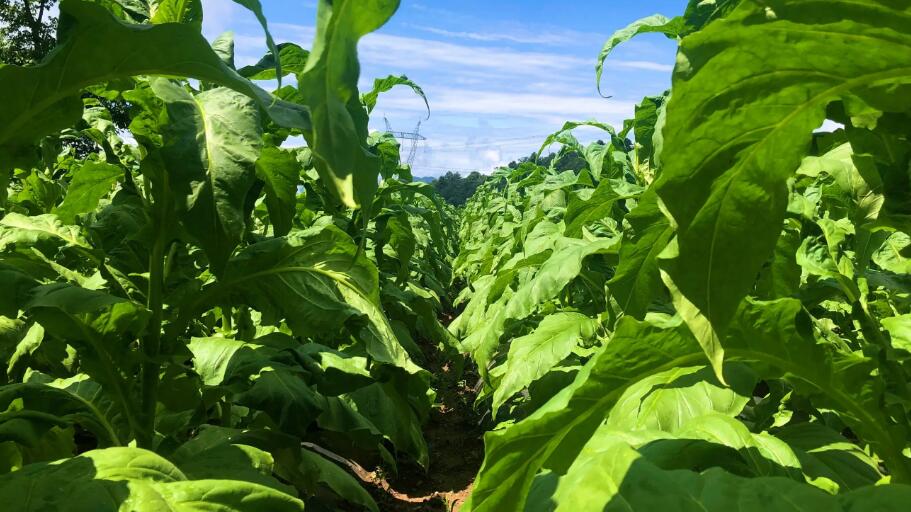TANG Hong, LI Xiangyang, ZENG Zhangquan, WANG Jianwei, LIU Lunpei, LIU Libo
The effects of different phosphorus application rate on growth and yield of tobacco Yunyan 87 were studied to explore the suitable phosphorus application rate in Qiandongnan prefecture tobacco region, Guizhou province, and to provide scientific basis for phosphorus fertilizer application in tobacco production. A field plot experiment was conducted, which was established six fertilizer treatments, i.e. CK, M, P0,P1, P2 and P3. In the growth period of tobacco, main agronomic characters, diseases situation and yield of flue-cured tobacco were recorded and investigated. The results showed that P3 treatment was the best treatment, which had good field growth, good agronomic characters, strong disease-resistant ability and high yield of the all fertilizer treatments. At mature stage, as compared with CK treatment, tobacco plant of P3 treatment increased plant height, maximum leaf area, leaf numbers, stem girth, internodal length and root volume by 63.19%, 72.67%,78.93%,37.93%,13.65% and 161.79%, respectively; As compared with P0 treatment, tobacco plant of P3 treatment increased plant height, maximum leaf area, leaf numbers, stem girth and root volume by 15.90%,21.46%,23.61%,11.25% and 28.75%, respectively. As compared with CK and P0 treatment, tobacco plant of P3 treatment decreased incidence of Red star disease, Mosaic and Black shank by 7.51, 7.92, 6.68 and 3.66, 6.52, 4.72 percentage point, decreased disease index of Red star disease, Mosaic and Black shank by 56.12%, 45.53%, 51.33% and 33.72%, 31.97%,43.53%, respectively. As compared with P2 and P0 treatment, P3 treatment increased tobacco leaf yield by120.62% and 28.51%, respectively. The suitable chemical phosphorus fertilizer application rate was 112.5 kg/ha in Qiandongnan prefecture tobacco land, Guizhou province. Therefore, it is suitable to be extended in this tobacco region and can provide a reference in its neighbouring areas.
